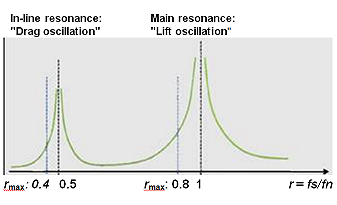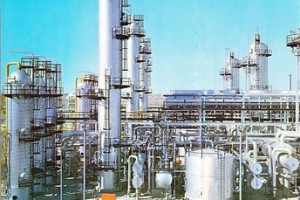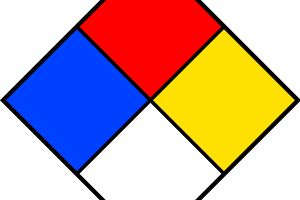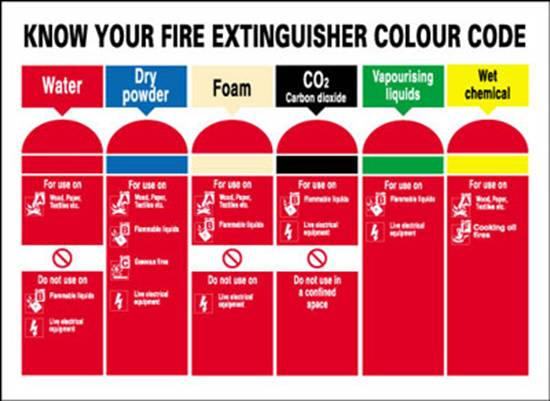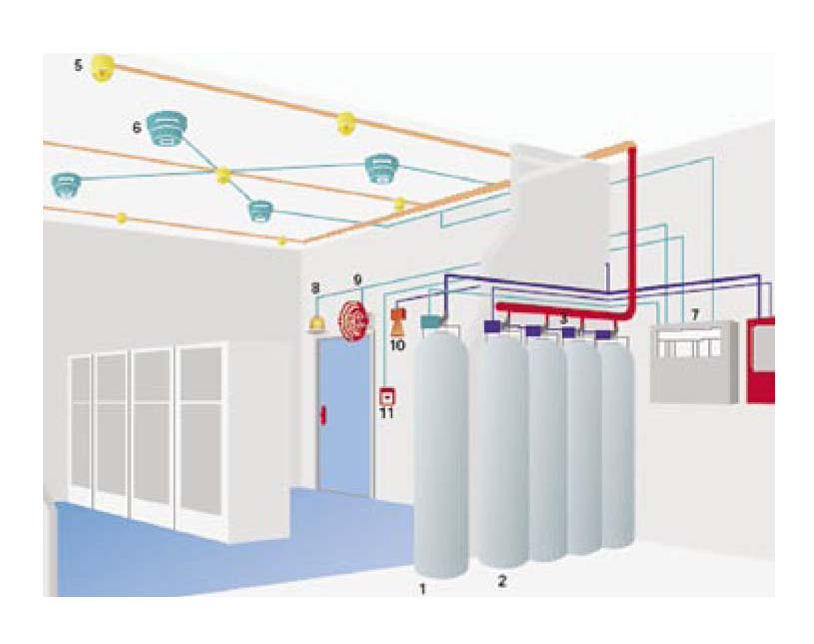Table of content:
1. Classification of fire
2. Fire classification chart
3. Classification of hazards
Classification of fire
The National Fire Protection Association (NFPA) categorizes fires by class. The relevant graphics and letter designations that accompany these classes are specified by NFPA 10, the standard for portable fire extinguishers.

This classification of fire is done based on the combustible material that can possibly catch fire, accordingly the safeguards against such different types of fires can be planned.
Class A Fires
Class A fires (designation symbol is a green triangle) are the most common and involve ordinary combustible materials like paper, wood and fabrics, rubber. Class A fires are typically slow-burning and leave behind ash when they burn. Most of the times, this type of fire is effectively quenched by water or insulating by other suitable chemical agent.
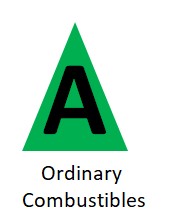
Class B Fires
Class B fires (designation symbol is a red square) involve flammable or combustible liquids such as gasoline, oils, greases, tars, paints etc. and flammable gases. Class B fires typically burn very quickly and can be difficult to extinguish. Carbon dioxide, foam, and dry chemical extinguishers are commonly used to extinguish Class B fires. These extinguishing agents work by smothering the fire and cutting off its oxygen supply.
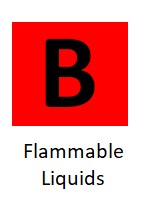
Class C Fires
Class C fires (designation symbol is a blue circle) involve live electrical equipment like motors, generators and other appliances. Class C fires can be very dangerous because of the risk of electrocution. Water should not be used to extinguish Class C fires because it can conduct electricity and make the situation worse. Carbon dioxide and dry chemical extinguishers are commonly used for this type of fire. These extinguishing agents work by cutting off the oxygen supply to the fire.
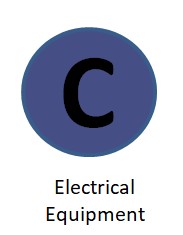
Class D Fires
Class D fires (designation symbol is a yellow decagon) involve combustible metals such as magnesium, sodium, lithium potassium etc. Class D fires are very rare but can be extremely dangerous if they occur. Water should not be used to extinguish Class D fires because it can react with the metal and make the fire worse. Sodium carbonate, graphite, bicarbonate, sodium chloride, and salt-based chemicals extinguish these fires.
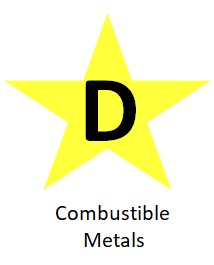
Class K Fires
Class K fires are fires in cooking appliances that involve combustible cooking media (vegetable, animal oils or fats). Class K fires are especially dangerous because they can quickly escalate and spread. Wet chemical extinguishing agents are specifically designed for Class K fires. These agents work by cooling the fire and creating a barrier between the fuel and the oxygen.
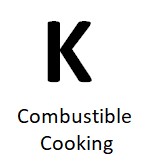
Fire classification chart
Clearly the classification of a fire depends on 'what is burning'. That will determine the severity of the fire, heat radiated, reach of the flames, smoke etc.
Type of a fire is also a strong determinant of which type of fire extinguisher should be used to put out that fire. The following fire classification chart explains different types of fire extinguishers useful for putting off different types of fire.
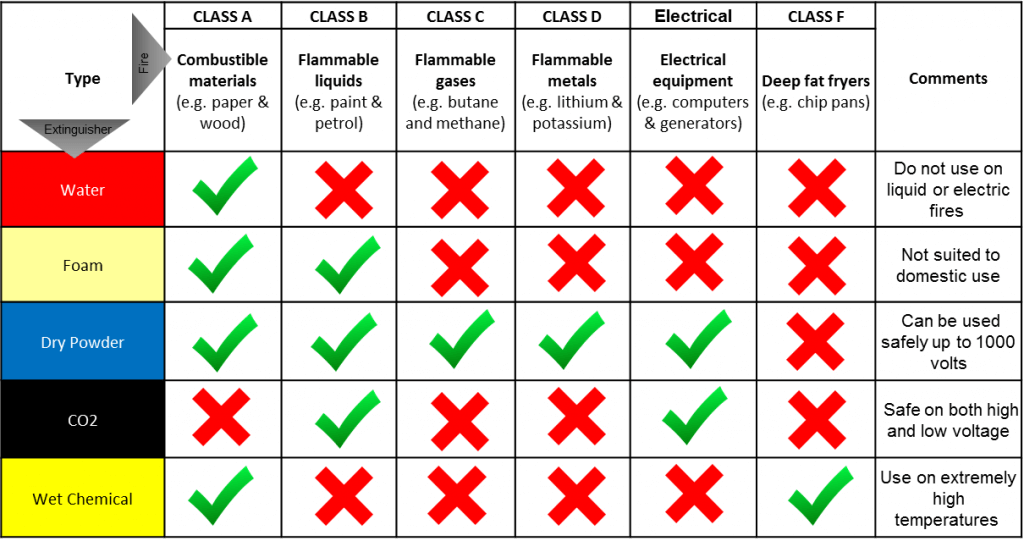
Following are the main types of fire extinguishers - depending on which fluid is used for putting out the fire. The color code (colored ring at the top of the cylinder) will tell you what type of fire extinguisher you are working with.

Classification of hazards
The National Fire Protection Association (NFPA) classifies fire hazards into three types: light, ordinary, and extra. This classification is based on the quantity and combustibility of the materials present in an area.
Light hazard areas have low quantities of combustible materials and are expected to have fires with low rates of heat release. Examples of light hazard areas include:
🏢 Offices
🏫 Classrooms
📚 Libraries
🏥 Hospitals
🏠 Residential areas
🏢 Meeting rooms
Ordinary hazard areas have moderate quantities of combustible materials and are expected to have fires with moderate rates of heat release. Examples of ordinary hazard areas include:
🏛️ Warehouses
🛒 Retail stores
🍽️ Restaurants
🏨 Hotels
🏭 Factories
Extra hazard areas have high quantities of combustible materials and are expected to have fires with high rates of heat release. Examples of extra hazard areas include:
🏛️ Aircraft hangars
🏭 Grain elevators
🛢️ Oil refineries
🏭 Plastics manufacturing facilities
🏭 Sawmills
The NFPA classification system is used to determine the appropriate fire protection measures for a particular area. For example, light hazard areas may only require fire extinguishers, while ordinary hazard areas may require sprinkler systems. Extra hazard areas may require a combination of fire extinguishers, sprinkler systems, and other fire protection measures.
The NFPA classification system is an important tool for fire safety professionals. By understanding the fire hazard classification of an area, fire safety professionals can take steps to prevent fires and protect people and property from fire damage.
Here is a table that summarizes the NFPA fire hazard classification system:
| Hazard Class | Quantity of Combustible Materials | Expected Fire Rate of Heat Release | Examples |
|---|---|---|---|
| Light | Low | Low | Offices, classrooms, meeting rooms, libraries, hospitals, nursing homes, residential areas |
| Ordinary | Moderate | Moderate | Warehouses, retail stores, restaurants, hotels, motels, factories |
| Extra | High | High | Aircraft hangars, grain elevators, oil refineries, plastics manufacturing facilities, sawmills |
